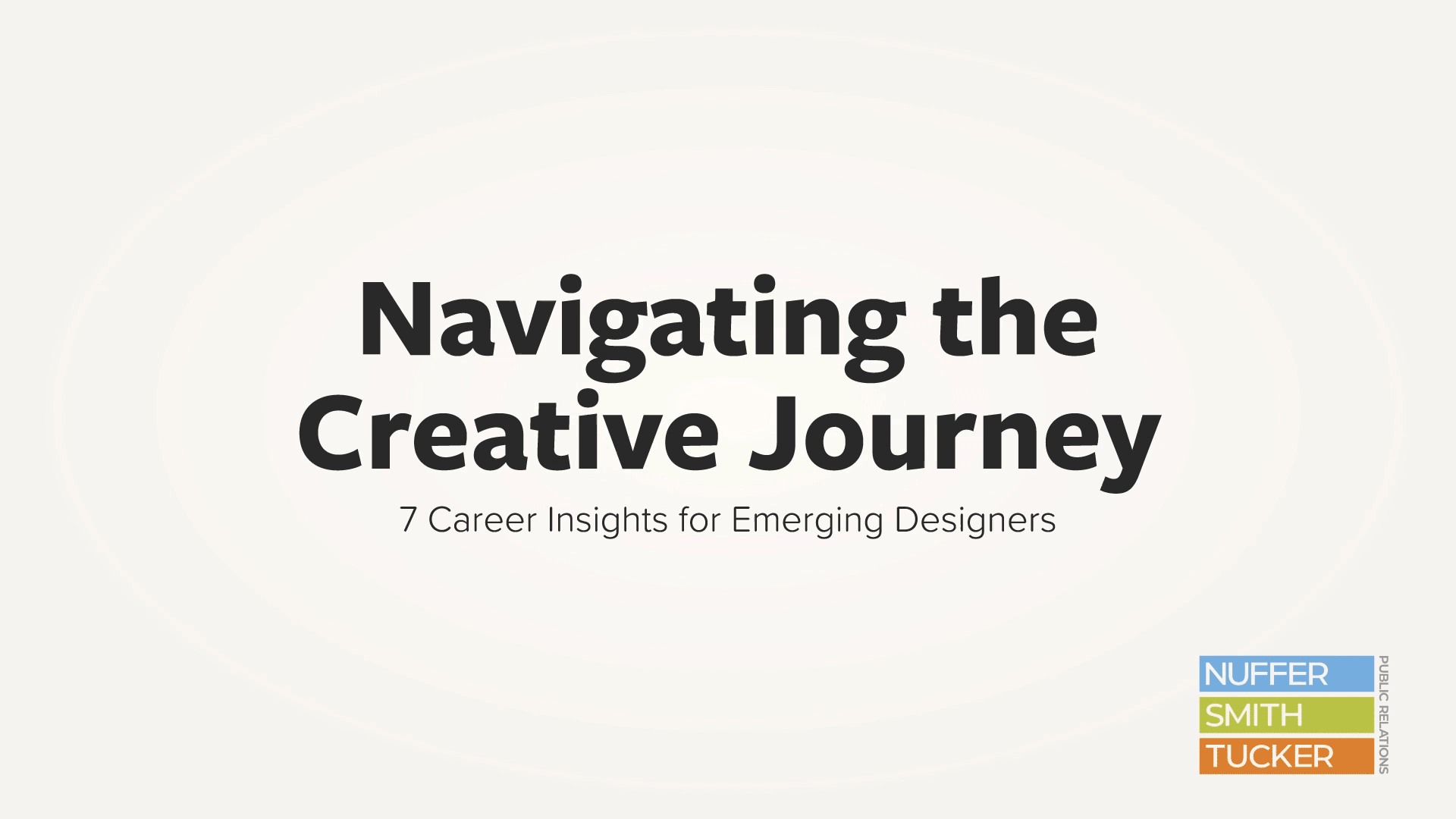Recently, a friend approached me with a request to offer guidance to his daughter, an undergraduate student working towards her bachelor’s degree in art at San Diego State University, as she navigates the world of internships and her future career. Drawing from my extensive 25-year experience in the design industry, I took the opportunity to sit down and share insights with her. Below are the key pieces of advice that I offered during our conversation.
1. Build a strong online portfolio
Even though you may only have school or freelance work, there is nothing more important than having an online portfolio. Include a diverse range of projects that showcase your skills. Highlight your best work and tailor your portfolio to the type of design job you are seeking. Whether you are looking to specialize in a niche area such as motion graphics, UX/UI design, or consumer packaged goods (CPG), proficiency in digital and video content creation is imperative to staying current in the industry. But without a solid understanding of print design, it is unlikely you will be considered for a CPG role. Show the breadth of your design capabilities and focus on your strengths to help tell your design story.
2. Master the tools
Being proficient in industry-standard software like Adobe Creative Suite (specifically Photoshop, Illustrator, InDesign) is essential. Consider learning other tools such as Sketch, Figma, or Adobe XD for UI/UX design. If you are interested in adding photography to your list of skills, explore photo and image editing software such as Adobe Lightroom.
3. Stay current with design trends
The design field is ever evolving, so it is critical to stay up to date with industry trends, software developments, and design techniques. Join organizations and communities such as AIGA, CreativeMornings, or Friends of Figma. Follow design blogs and seek out creativity conferences to stay inspired. Conferences usually offer discounted tickets for students and many large events, such as Adobe MAX, offer free on-demand sessions.
4. Network and build relationships
Building relationships can lead to job opportunities. If you are an extrovert, you may have no problem entering a room and selling your skills. But introverts often struggle with networking. It can be incredibly intimidating to attend an industry event by yourself. One way to overcome this would be to network with your fellow designers and attend as a group.
5. Choose your internship wisely
Internships are an amazing way to gain first-hand experience. My strongest recommendation would be to pursue an internship with a company or agency that affords you genuine real-world experience that aligns with your desired career path.
6. Seek feedback and don’t take it personally
Receiving criticism can prove to be challenging, particularly when it arrives without a gentle touch. If you take criticism personally, it can negatively impact how you feel about your career and yourself. Change your mindset and use feedback as an opportunity to grow and refine your craft.
7. Negotiate your worth
When it’s time to accept your first design position, research industry salary standards and be prepared to negotiate your compensation when offered a job. Even though you are just starting out, know your value and do not undersell your skills.
The path to a thriving design career is a journey that demands patience, persistence, and continual learning. By incorporating the advice outlined above, you will be poised for success.

